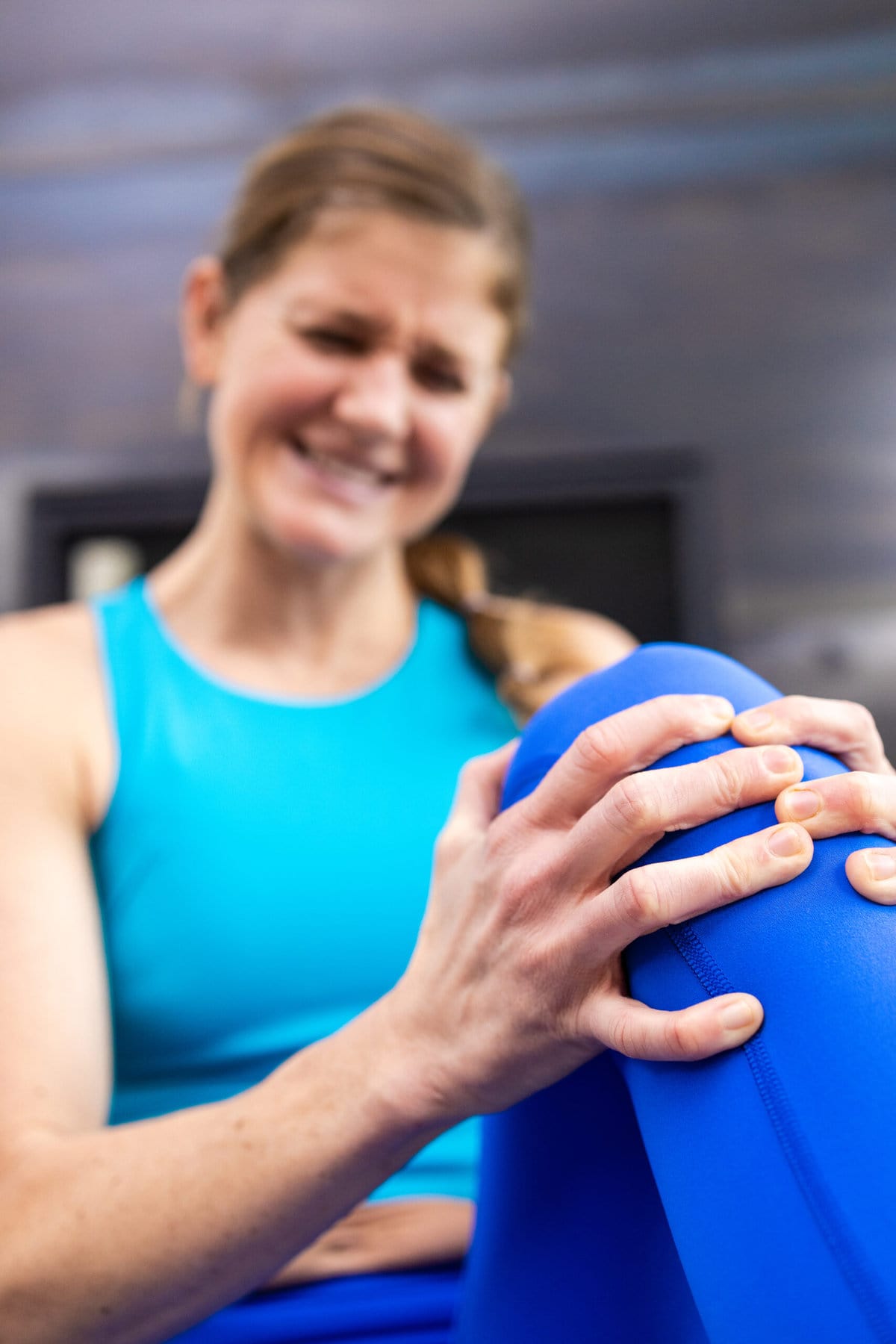You’ve undoubtedly seen the hundreds of pre-workouts available on the market, each promising to give you the best workouts of your life. Have you ever wondered how these products have gone from an idea in someone’s head to your kitchen counter? Yes? Great, you’re in the right place. We will take a step-by-step look at how your favorite pre-workout came to be.
7 Steps How Pre-Workout Is Made
Research & Development
Formulation
Ingredient Sourcing
Manufacturing
Quality Control & Testing
Packaging
Marketing
1. Research and Development (R&D)
After having the completely revolutionary idea of producing a pre-workout, the next step is figuring out what will go into it. Finding the perfect mix of ingredients that enhance performance, boost energy, improve focus, maximize your pump, and promote endurance is a tall order, especially when so many companies offer similar products.
Researchers scour the latest scientific studies on each ingredient’s proven effects and the necessary dosages to achieve those effects. In addition to efficacy, safety and potential side effects are also heavily considered.
As mentioned above, most pre-workouts share similar ingredient lists, most of which are the most well-studied ingredients in the fitness world. These include:
Caffeine: Known for boosting energy and focus.Learn how much caffeine a pre-workout should have for optimal results.
Beta-Alanine: Helps delay muscle fatigue. Beta-alanine is responsible for the pre-workout tingle and itchy feeling that some pre-workouts create.
Creatine Monohydrate: Increases strength and power. There are various types of creatine but monohydrate is the most well known.
BCAAs (Branched-Chain Amino Acids): Aids in muscle recovery.
L-Citrulline or Citrulline Malate: Enhances blood flow and oxygen delivery to muscles.
Tyrosine: Supports mental focus and alertness.
After doing enough research to determine what potential ingredients could be in the new pre-workout, preliminary formulations are made and tested to determine how well they work and what, if any, side effects there may be.
2. Formulation
Now that the developer wants to include a list of ingredients in the product, part of figuring out the formulation is the dosage and interaction between the possible compounds. Several factors need to be considered before moving on, such as:
Synergy Between Ingredients: Some ingredients enhance the effects of others. For example, caffeine combined with L-theanine can help reduce the jitters associated with higher caffeine levels.
Dosage and Potency: Unfortunately, this part isn’t heeded by many companies who put the right ingredients in but leave them underdosed and, therefore, ineffective.
Taste and Solubility: Since most pre-workout supplements are mixed with water, they must dissolve easily and taste good. Sweeteners, flavorings, and anti-caking agents are often added at this stage.
Delivery Form: While most pre-workouts are powdered, some companies may opt for capsules, liquids, or, more recently, gummies.
3. Ingredient Sourcing
The next step in the process is ensuring the ingredients picked out are up to snuff. Manufacturers typically seek suppliers that meet specific standards, such as:
GMP (Good Manufacturing Practices): Ensures that ingredients are consistently produced and controlled according to quality standards.
Third-Party Testing: Reputable suppliers often have their ingredients independently tested to verify purity and potency.
Non-GMO, Organic, or Natural: Depending on the brand’s market, they might prioritize sourcing ingredients that are certified organic, non-GMO, or natural.
Let’s take a look at where some of the most popular pre-workout ingredients come from:
Caffeine: Sourced from natural sources like coffee beans, guarana, or tea leaves, though synthetic caffeine is also widely used for its consistency.
Beta-Alanine: Derived from meat sources or can be produced synthetically. As a non-essential amino acid, it is often synthesized to ensure purity.
Creatine: While creatine occurs naturally in low levels in foods like meat and fish, supplements typically use synthesized creatine monohydrate to keep costs down and maintain consistency.
BCAAs: These amino acids can be sourced from animal proteins (which is why they are commonly found in protein powders) or synthesized from fermented plant-based sources, offering a vegan-friendly option.
Citrulline: Originally extracted from watermelon, it is now predominantly synthesized, allowing for a more concentrated and cost-effective form.
As you can see, the most common ingredients are lab-created rather than sourced naturally. However, this isn’t always the case, especially with companies adding ingredients such as ashwagandha or beet root powder.
4. Manufacturing
Now that the ingredient line-up has been decided and dosed, the next step is putting it together. Which involves:
Blending: Ingredients are combined in huge commercial mixers, ensuring an even distribution. This step helps make sure every scoop or serving contains the same amount of active ingredients.
Batch Testing: During and after blending, samples are taken to test for potency, purity, and consistency. This ensures the product meets the label’s specifications and is free from contaminants.
Flavoring and Additives: Because most of these ingredients taste incredibly bad on their own, flavoring agents and sweeteners (like sucralose or stevia) may be added. Also, depending on the flavor, coloring is added. The products used for flavoring and coloring will vary based on the company, with some more concerned about using natural flavors and others preferring artificial ones.
Final Mixing: Once all ingredients are combined, the product is remixed to ensure uniform distribution of flavors and additives.
5. Quality Control and Testing
QC is a never-ending part of the process to ensure that every batch is the same so that every customer gets the product as intended. Further testing ensures that no harmful ingredients make their way into the mixture during the process.
Microbial Testing: The product is tested for microbial contamination to ensure it is free from harmful bacteria, mold, or yeast.
Heavy Metal Testing: Supplements are tested for heavy metals like lead, arsenic, and mercury, which, even at low levels, can be hazardous to your health.
Third-Party Certification: While not mandatory, some manufacturers may opt for certifications like NSF, Informed-Choice, or Banned Substance Control Group (BSCG) to demonstrate their commitment to quality and safety, especially for products marketed to athletes.
Stability Testing: Ever see the expiry date on a tub of pre-workout? This testing helps determine how long the product will maintain its potency and flavor and the ideal storage conditions. How long does pre-workout last
6. Packaging
For the most part, most pre-workouts come in a plastic tub of some sort, with the color and design varying based on brand. Some companies are moving toward resealable bags or single-use sachets as their preferred container, but for the most part, they stick to tubs. This part of the process will involve the container selection as well as:
Labeling: Labels must include the ingredients list, serving size, usage instructions, and any warnings. Many brands also include information about their manufacturing standards and third-party testing.
Sealing and Safety: Tubs are sealed with tamper-evident lids to ensure product integrity. They’re then packed in boxes for distribution.
Humidity Control: Pre-workouts often come with a silica pack to reduce excess moisture, which can lead to clumping and degradation of products.
7. Marketing
With the product ready, marketing and distribution begin. Depending on the blend of ingredients, some pre-workouts might be touted as pump enhancers, energy boosters, endurance builders, and, more recently, stim-free. More companies are advertising transparent labels, which list each ingredient individually, rather than hiding behind proprietary blends that may or may not have effective dosages. Most smaller companies choose to sell directly on their websites or Amazon, choosing not to try to get their products on the shelves in a brick-and-mortar manner, such as GNC.
Related: Best Pre-Workout Supplements

What should be in a pre-workout
We mentioned some common ingredients in pre-workouts but didn’t discuss how many there should be. Thankfully, we’ve already written an article on 18 common pre-workout ingredients and their effective dosages. If you want to ensure you’re getting the best bang for your buck, I highly recommend checking it out.
Wrap-Up
As you’ve read, the process of going from idea to physical product is quite the journey. Formulation, ingredient sourcing, testing, marketing, and distribution are all equally important parts of creating an effective preworkout, with a misstep in any category leading to failure.
Now that you know a bit more about pre-workout, you can make more informed decisions when choosing your own. And if you are thinking of creating your own blend to revolutionize the pre-workout industry, now you know how many hoops you’ll have to jump through to get there.
Try making 3 Simple Homemade Pre-workout Recipes!







